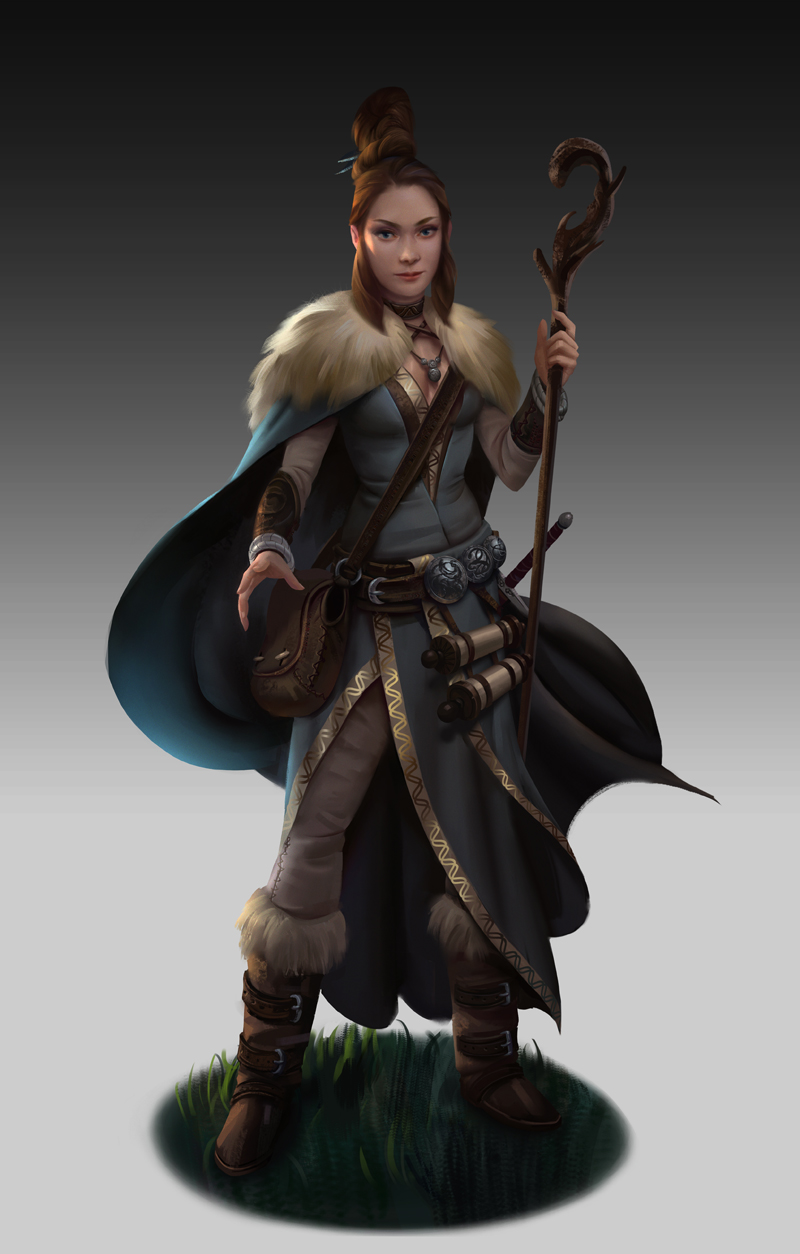

This lesson could be used in a scheme of work covering the development of Church, state and society in Medieval Britain 1066-1509 which includes the Norman Conquest. Most of the land originally owned by 2000 Saxons belonged to 200 Norman barons in 1086, showing just how powerful the Norman lords had become! In spite of these omissions, the survey gives a wealth of information, as well as highlighting that a lot of property had been destroyed by William’s invasion in 1066. London, Winchester, County Durham and Northumberland were not included in King William’s survey. Domesday Book describes almost all of England and more than 13,000 places are mentioned in it. Little Domesday, which contains the information for Essex, Norfolk and Suffolk, was probably written first and is the work of at least six scribes. Great Domesday contains most of the counties of England and was written by one scribe and checked by a second. The results of this survey were written into Domesday Book. A jury, which included the local important men such as the village priest and reeve who could understand the different languages, had to decide whether their neighbours were telling the truth. The people in England spoke Saxon English and the Norman inspectors spoke French and Latin. Official government inspectors were sent around the country to gather information. Importantly, the survey would find out how much tax-money William could get from this land. It would list who was looking after each area, what lands they had, and which other people lived there. The survey would list all the land in England. William wanted to settle these disputes once and for all. By 1085, William had a shortage of money and also many Normans had begun to disagree amongst themselves over the land they had been given as a reward for helping conquer England.


He built castles to make the English feel so scared that they would not dare even to think about causing trouble. William took all the land and important jobs in the Government and Church away from the Saxons and divided it up amongst his Norman friends. On 14 October 1066, the English and Norman armies clashed in a battle just outside Hastings, in which Harold died – legend has it that King Harold was shot in the eye by an arrow! William, Duke of Normandy was crowned King of England on Christmas Day 1066. Shortly after, William – had landed in the south of England. Harold Hardrada invaded the north of England but the King managed to defeat his army. Two other men claimed that the throne belonged to them: Harold Hardrada, King of Norway the other was William Duke of Normandy. Harold Godwin was crowned King of England. On 5 January 1066, Edward the Confessor, the King of England, died. Use this lesson to find out more about the contents of Domesday Book and discover the purpose behind it. All the results of these questions were handwritten into the Domesday Book by scribes. For each property, the questions were asked three times to see what changes had happened over time so that the king would know about the lands in Edward the Confessor’s time (before 1066), who William I had given it to and what it was worth then, and finally what the situation was in 1086 at the time of the survey. In 1086, King William I (the Conqueror) wanted to find out about all the land in his new kingdom: who owned which property, who else lived there, how much the land was worth and therefore how much tax he could charge, so he sent official government inspectors around England to ask questions in local courts.įixed questions were asked, such as what the place was called, who owned it, how many men lived there, how many cows were there and so on. In fact there are two Domesday Books – Little Domesday and Great Domesday, which together contain a great deal of information about England in the 11th century. Domesday Book is the oldest government record held in The National Archives.


 0 kommentar(er)
0 kommentar(er)
